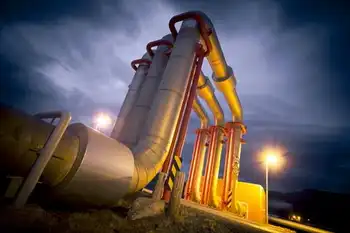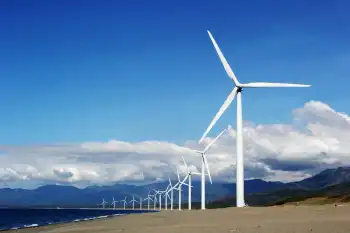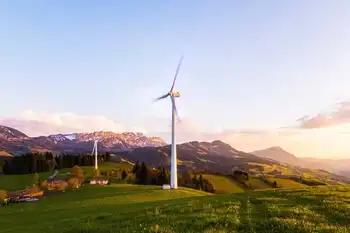Aboitiz receives another award for financing for its Tiwi and Makban geothermal plant

Arc Flash Training CSA Z462 - Electrical Safety Essentials
Our customized live online or in‑person group training can be delivered to your staff at your location.

- Live Online
- 6 hours Instructor-led
- Group Training Available
AP Renewables Inc. Climate Bond Award recognizes Asia-Pacific project finance, with ADB and CNBC citing the first Climate Bond, geothermal refinancing in local currency, and CGIF-backed credit enhancement for emerging markets.
Key Points
An award for APRI's certified Climate Bond, highlighting ADB-backed financing and geothermal assets across Asia-Pacific.
✅ First Climate Bond for a single project in an emerging market
✅ ADB credit enhancement and CGIF risk participation
✅ Refinanced Tiwi and MakBan geothermal assets via local currency
The Asian Development Bank (ADB) and CNBC report having given the Best Project For Corporate Finance Transaction award to a the renewable energy arm of Aboitiz Power, AP Renewables Inc. (APRI), for its innovative and impactful solutions to key development challenges.
In March 2016, APRI issued a local currency bond equivalent to $225 million to refinance sponsor equity in Tiwi and MakBan. ADB said it provided a partial credit enhancement for the bond as well as a direct loan of $37.7 million, a model also seen in EIB long-term financing for Indian solar projects.
The bond issuance was the first Climate Bond—certified by the Climate Bond Initiative—in Asia and the Pacific and the first ever Climate Bond for a single project in an emerging market.
“The project reflects APRI’s commitment to renewable energy, as outlined in the IRENA report on decarbonising energy in the region,” ADB said in a statement posted on its website.
The project also received the 2016 Bond Deal of the Year by the Project Finance International magazine of Thomson Reuters, Asia Pacific Bond Deal of the Year from IJGlobal and the Best Renewable Deal of the Year by Alpha Southeast Asia, reflecting momentum alongside large-scale energy projects in New York reported elsewhere.
ADB’s credit enhancement was risk-participated by the Credit Guarantee Investment Facility (CGIF), a multilateral facility established by Asean + 3 governments and ADB to develop bond markets in the region.
APRI is a subsidiary of AboitizPower, one of Philippines’ biggest geothermal energy producers, and the IRENA study on the Philippines' electricity crisis provides broader context as it owns and operates the Tiwi and Makiling Banahaw (MakBan) geothermal facilities, the seventh and fourth largest geothermal power stations in the world, respectively.
“The awards exemplify the ever-growing importance of the private sector in implementing development work in the region,” ADB’s Private Sector Operations Department Director General Michael Barrow said.
“Our partners in the private sector provide unique solutions to development challenges — from financing to technical expertise — and today’s winners are perfect examples of that,” he added.
The awarding ceremony took place in Yokohama, Japan during an event co-hosted by CNBC and ADB at the 50th Annual Meeting of ADB’s Board of Governors.
The awards focus on highly developmental transactions and underline the important work ADB clients undertake in developing countries in Asia and the Pacific.











